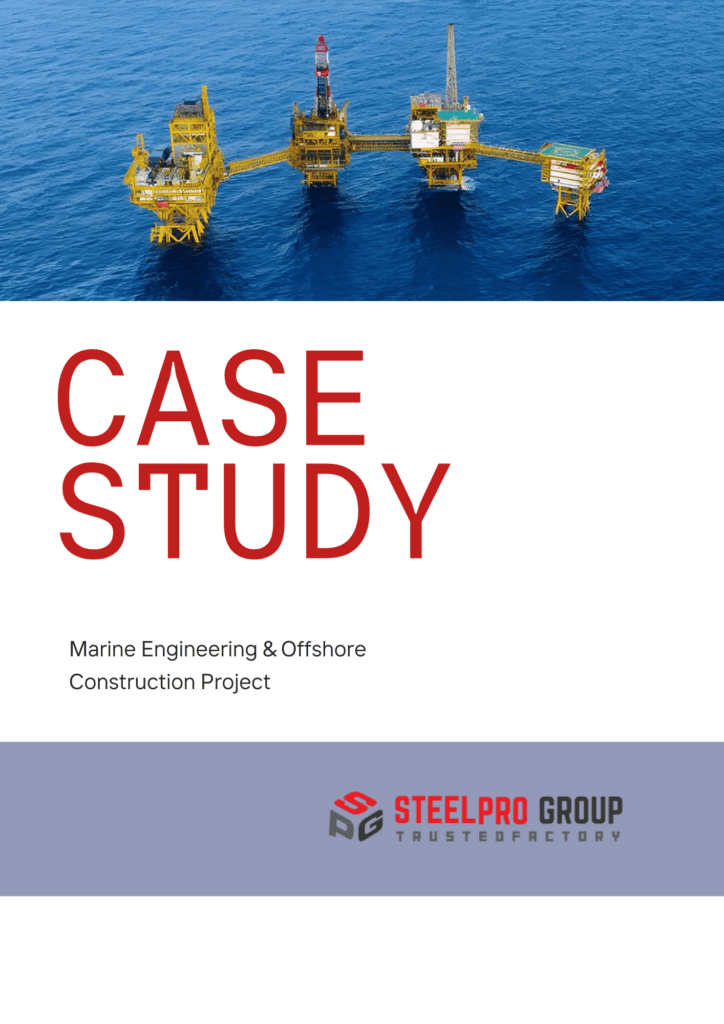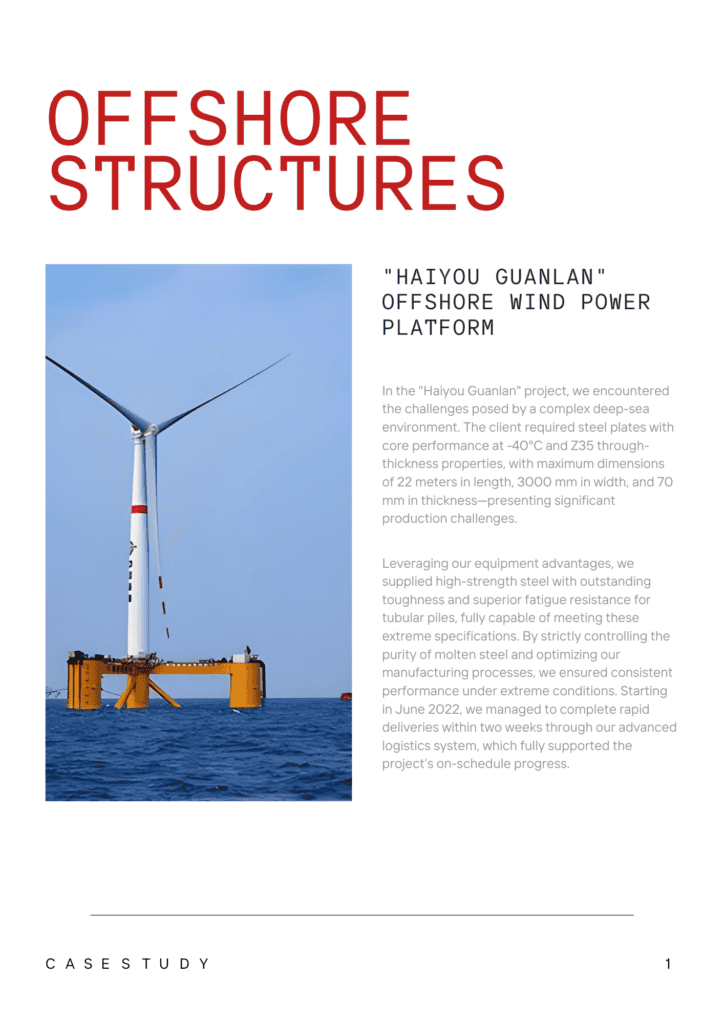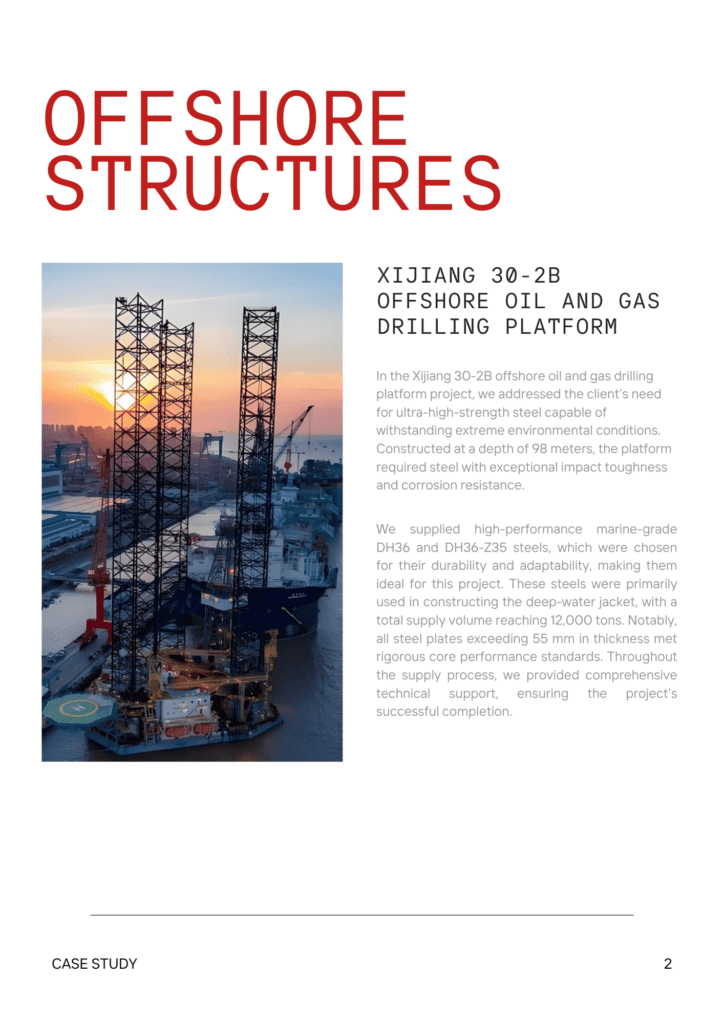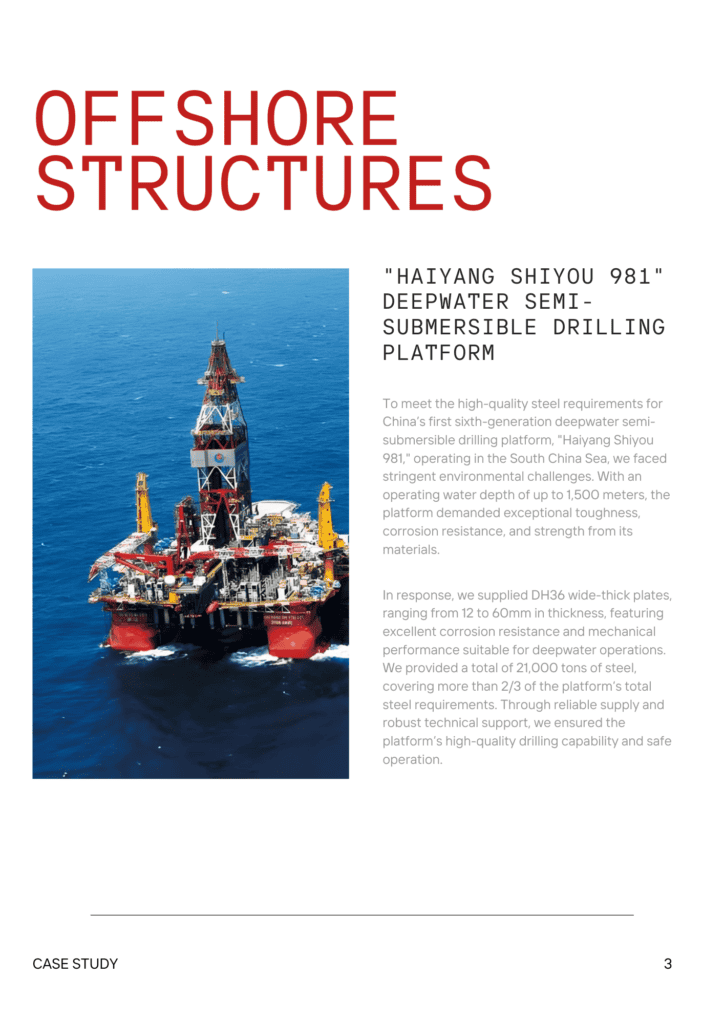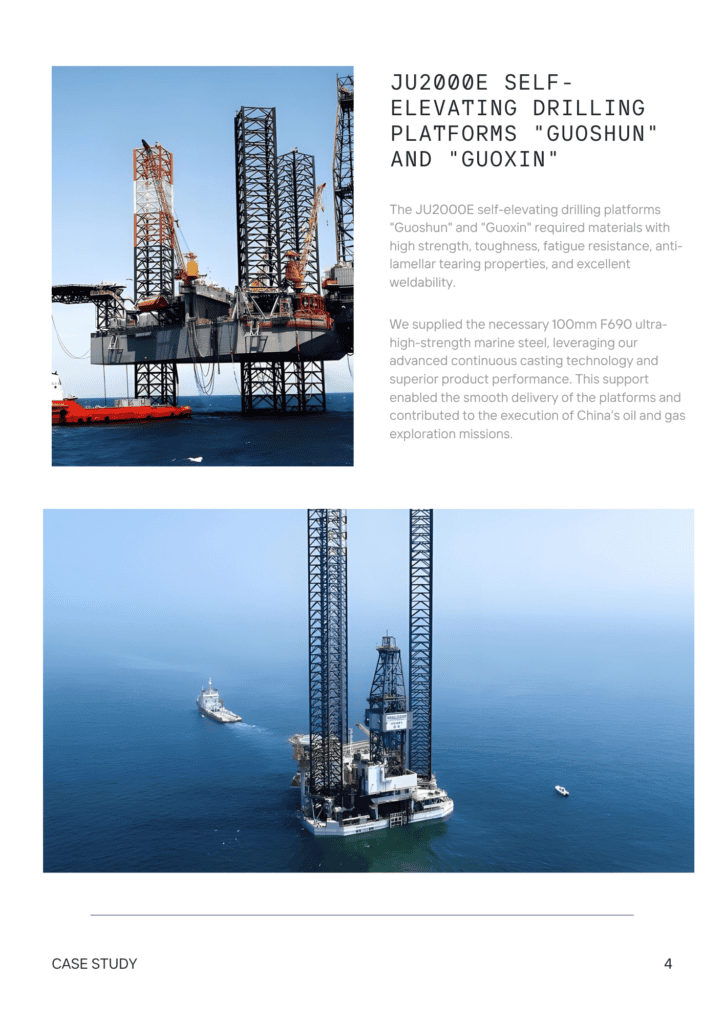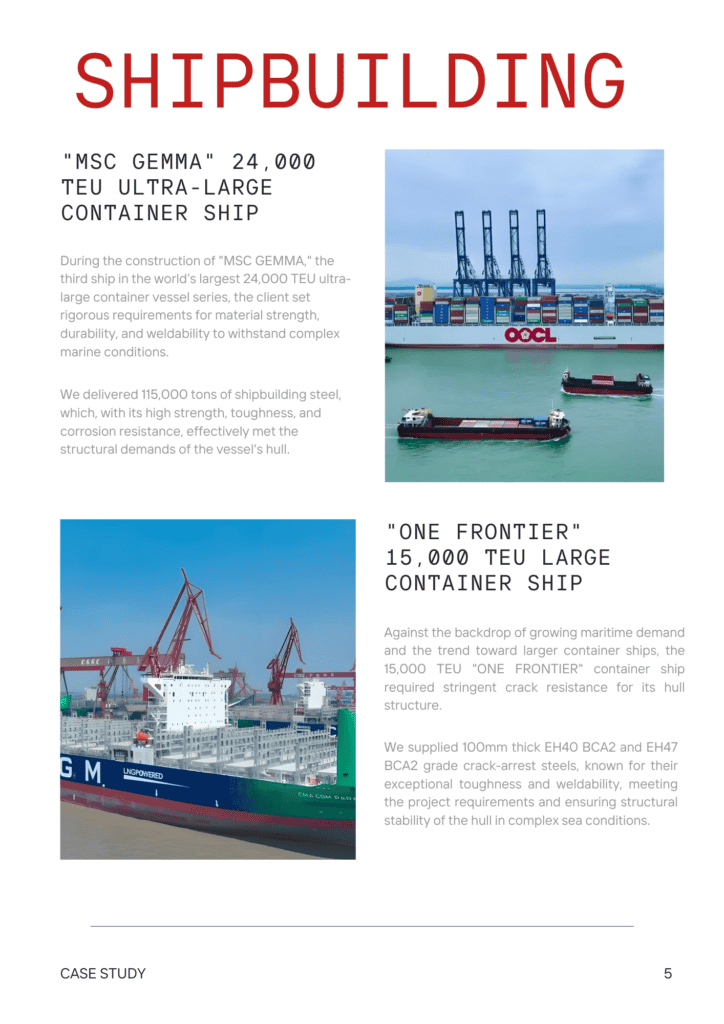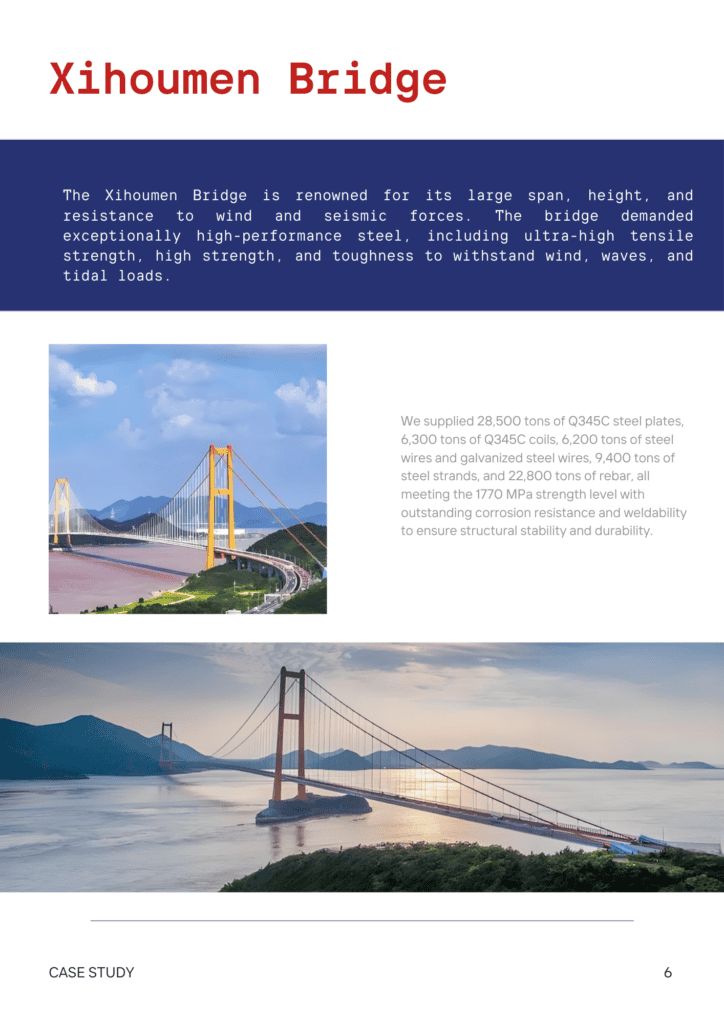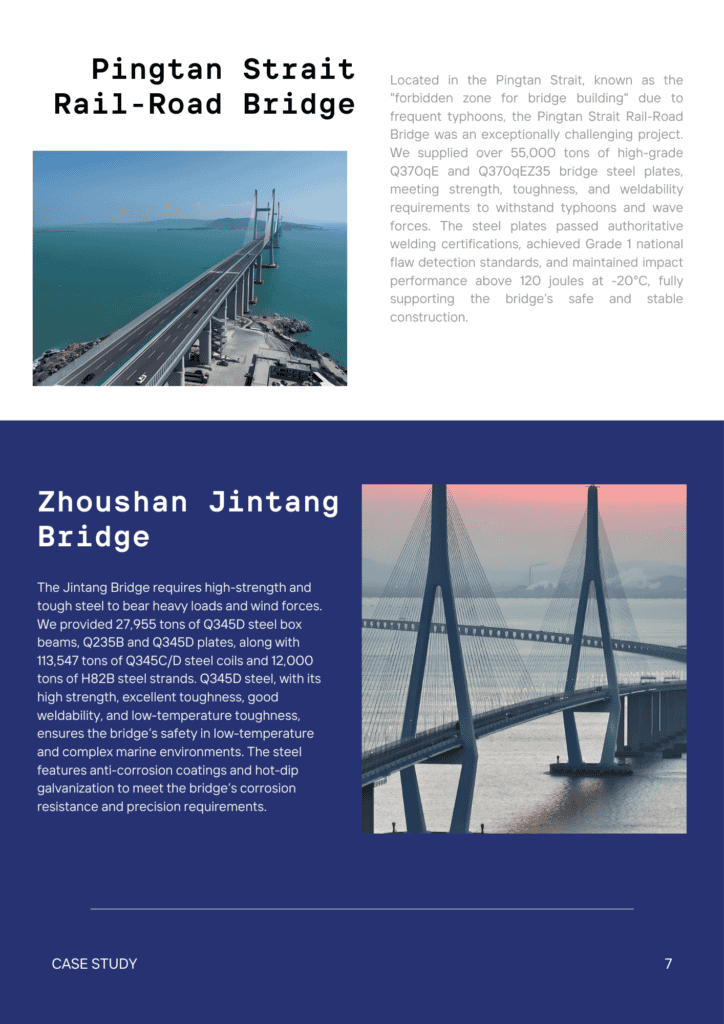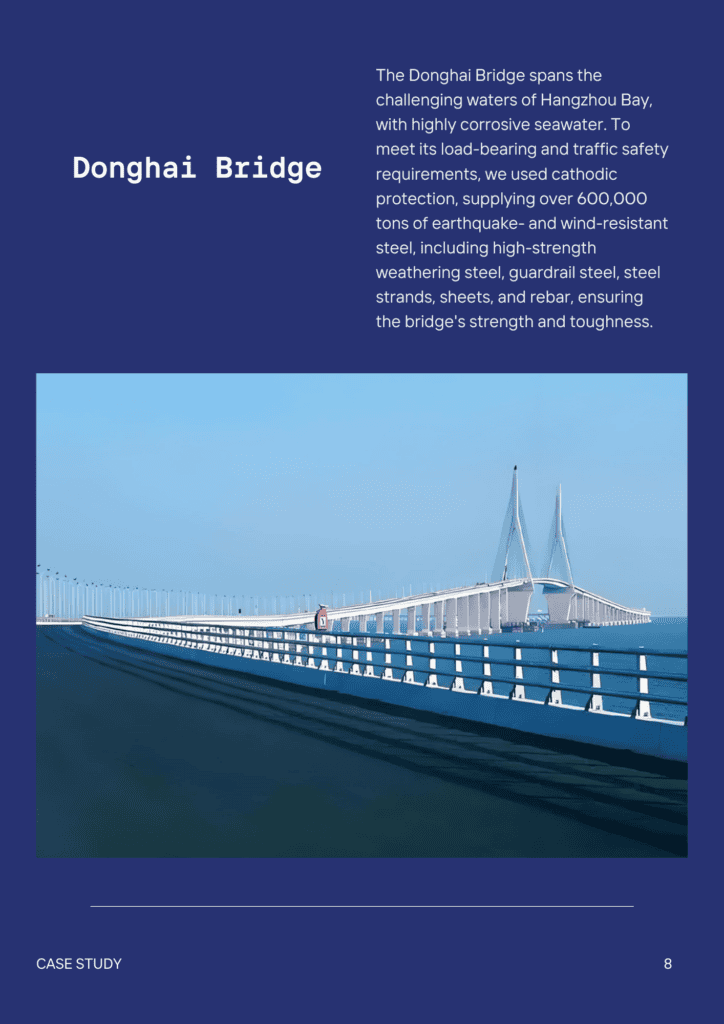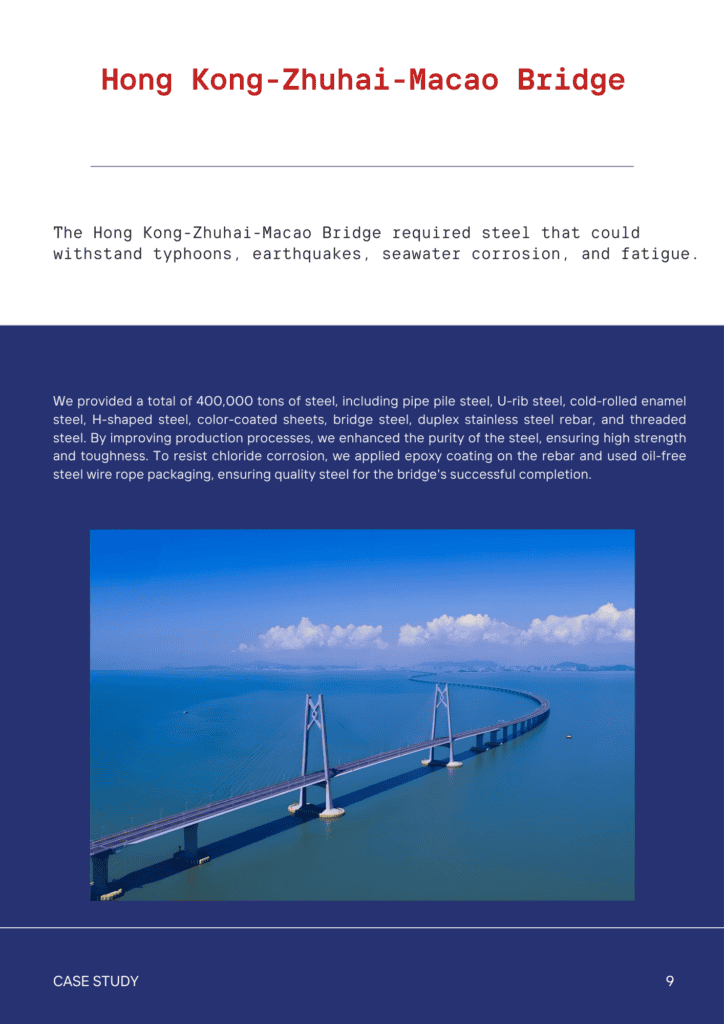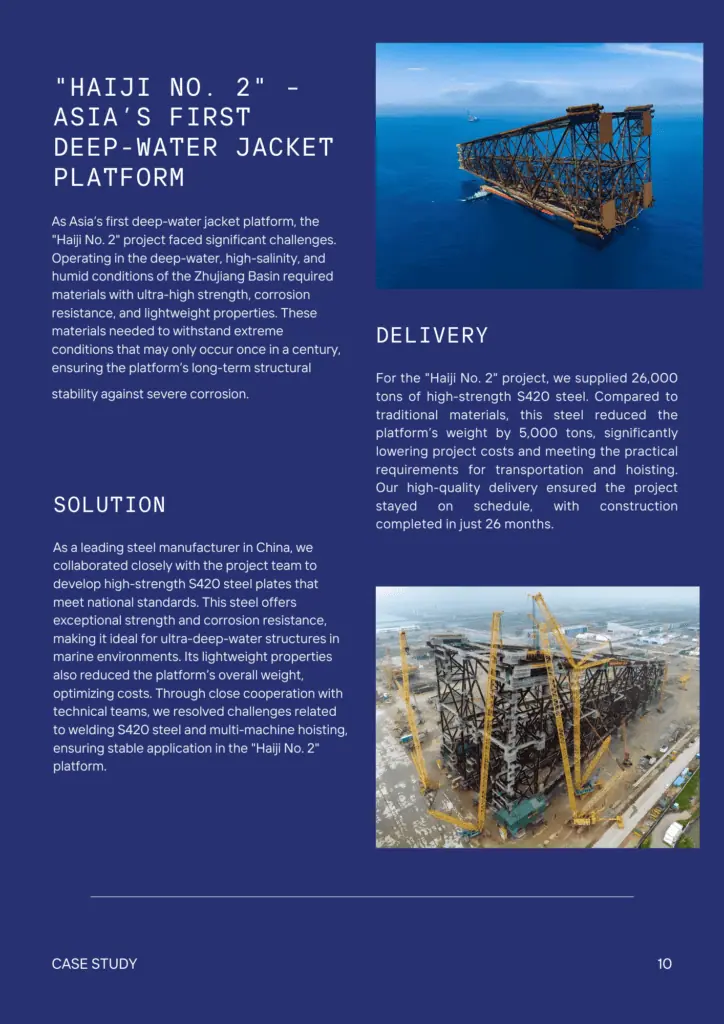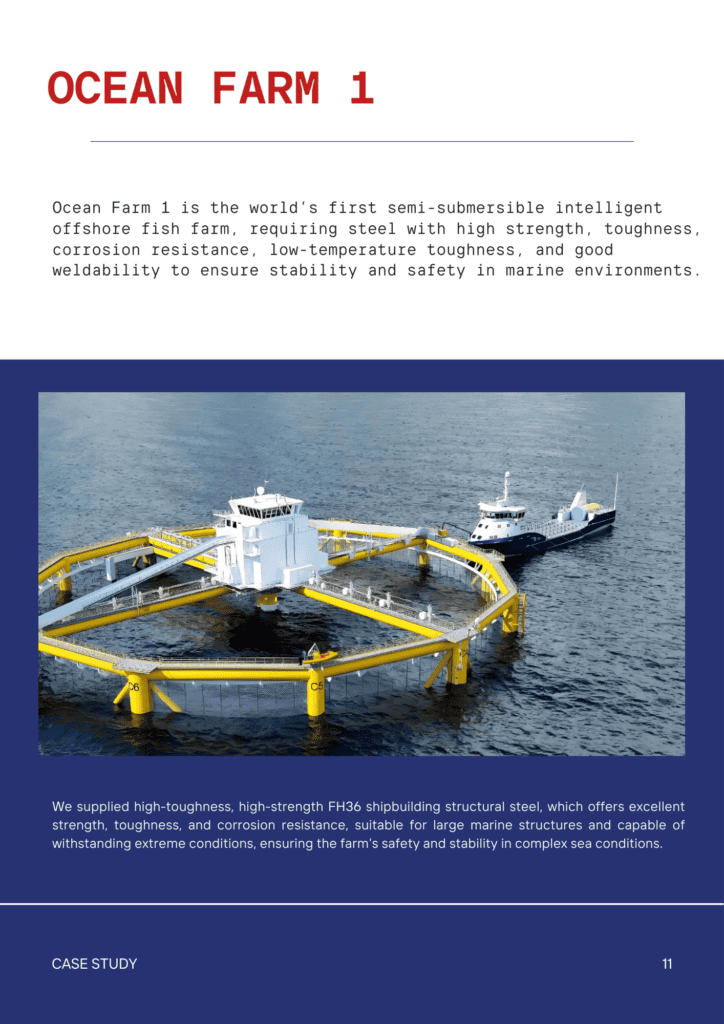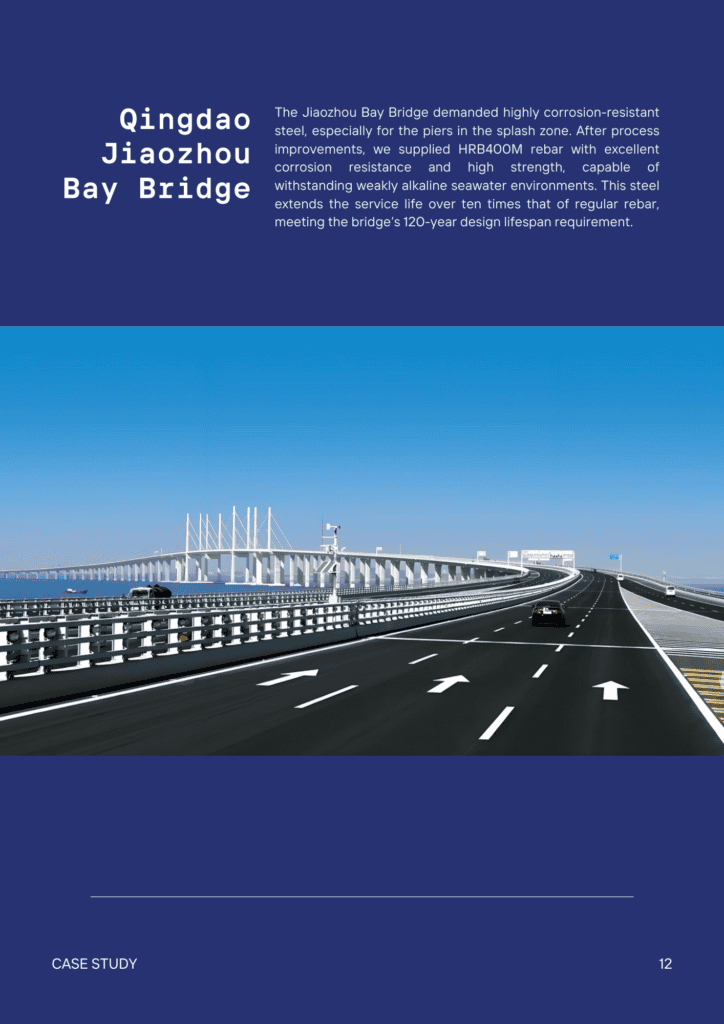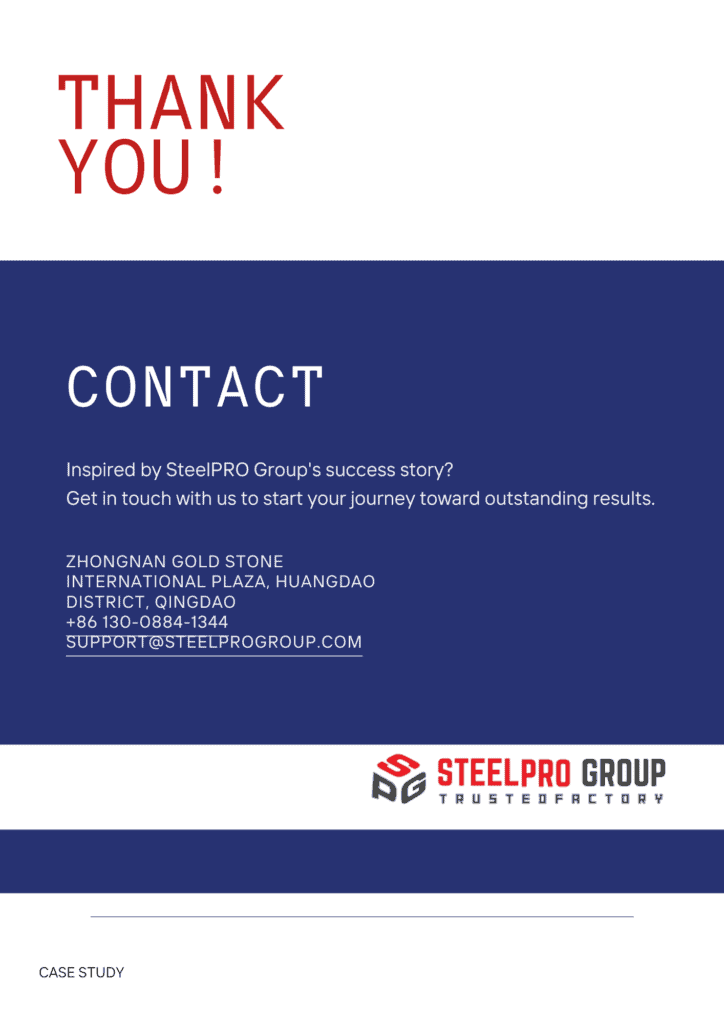Contents
Shock Resisting Tool Steel: S1, S2, S5, S6, S7 Overview
- John
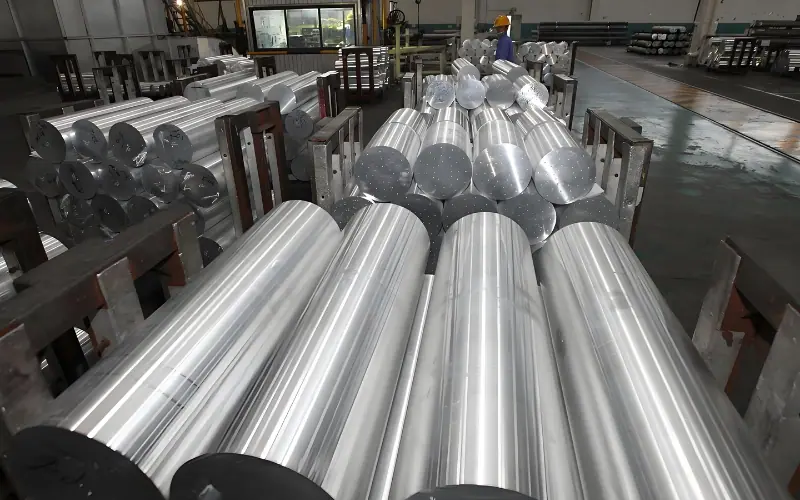
Choosing the right steel is crucial for tools that withstand constant impact and wear. Shock-resisting steel offers the toughness and durability needed for industries like forging and mining. At SteelPro Group, we help you select the ideal grade to maximize performance and longevity.
What Is Shock Resisting Steel?
Shock-resisting steel is a tool steel designed to absorb sudden impacts without fracturing. It offers exceptional toughness (16-22 ft-lbs) and good hardness (50-58 HRC). Common uses include impact tools, forging dies, and mining equipment.
Classified under the AISI S-series (S1 to S7), shock-resisting steel varies in hardenability. S1, S5, and S6 are oil-quenched, while S2 is water-quenched, and S7 is generally air-cooled, though larger sections may be oil-quenched for better hardness.
Shock Resisting Steel Key Properties
Alloying elements: Contains 1-2% silicon, enhancing oxidation resistance and improving elastic properties. Also includes 0.3-0.5% molybdenum for increased hardenability and high-temperature strength.
High impact toughness: Charpy V-notch impact values of 15-20 ft-lbs (20-27 J) at room temperature. More impact-resistant than cold work tool steels.
Excellent Hardness: Heat treatable to hardness levels of 50-58 HRC (Rockwell C scale).
Wear Resistance: Enhanced by alloying elements like molybdenum, chromium, and manganese, providing good resistance to wear in addition to shock.
Thermal fatigue resistance: Capable of withstanding repeated thermal cycling up to temperatures of 500°C (932°F) without significant loss of properties.
Cost: Higher cost than standard tool steels due to the use of premium alloying elements (molybdenum, chromium) and specialized heat treatment processes.
Shock Resisting Steel Grades Overview
Shock-resistant steel grades vary in quenching methods, which affect toughness, wear resistance, and hardenability. For example, S1 and S5 offer good toughness for tools like chisels, while S7, with air hardening, is ideal for high-impact applications like punches.
Below is a summary of key grades and their applications.
| Grade | Quenching Method | Key Characteristics | Applications |
| S1 | Oil-quenched | Moderate toughness and impact resistance | Chisels, hammers, small dies |
| S2 | Water-quenched | Higher hardenability, improved wear resistance | Mining equipment, ball bearings, large punches |
| S5 | Oil-quenched | Superior toughness, higher molybdenum content | Heavy-duty dies, industrial tools |
| S6 | Oil-quenched | High toughness, excellent wear resistance | Forging dies, punching tools |
| S7 | Air-hardened (oil-quenched for large sections) | Excellent shock resistance, strength, and wear resistance | Heavy-duty punches, shear blades, large dies |
What is SVCM Steel?
SVCM steel is a shock-resisting tool steel produced through the Sulfur Vacuum Carbon Mould (SVCM) process. This method involves casting steel in a vacuum to remove impurities and adding sulfur to enhance hardness and wear resistance. The process results in steel with a refined microstructure, improving its toughness and durability.
SVCM steel is commonly used for high-performance tools such as molds, dies, and cutting tools that require high resistance to wear, impact, and thermal stress.
Shock Resisting Steel Grades Chemical Composition
| Grades | UNS | C % | Si % | V % | Cr % | Mn % | Ni % | Mo % | W % |
| S1 | T41901 | 0.40 – 0.55 | 0.15 – 1.20 | 0.15 – 0.30 | 1.00 – 1.80 | 0.10 – 0.40 | <0.30 | <0.50 | 1.50–3.00 |
| S2 | T41902 | 0.40 – 0.55 | 0.90 – 1.20 | <0.50 | – | 0.30 – 0.50 | <0.30 | 0.30 – 0.60 | – |
| S3 | T41903 | 0.5 | 2 | – | 0.74 | – | – | – | 1 |
| S4 | T41904 | 0.4 – 0.65 | 1.75 – 2.25 | 0.35 | 0.35 | 0.60 – 0.90 | – | – | – |
| S5 | T41905 | 0.50 – 0.65 | 1.75 – 2.25 | <0.35 | <0.50 | 0.60 – 1.00 | – | 0.20 – 1.35 | – |
| S6 | T41906 | 0.40 – 0.50 | 2.00 – 2.50 | 0.20 – 0.40 | 1.20 – 1.50 | 1.20 – 1.50 | – | 0.30 – 0.50 | – |
| S7 | T41907 | 0.45 – 0.55 | 0.20 – 1.00 | 0.20 – 0.30 | 3.00 – 3.50 | 0.20 – 0.90 | – | 1.30 – 1.80 | – |
Carbon (C): Increases hardness and strength. Controlled levels (0.40–0.65%) balance hardness with toughness, preventing brittleness.
Silicon (Si): Improves toughness, oxidation resistance, and elasticity. Helps maintain impact resistance and prevents tempering at high temperatures.
Molybdenum (Mo): Enhances hardenability and wear resistance. Improves strength at high temperatures and helps maintain toughness after heat cycles.
Chromium (Cr): Boosts wear and corrosion resistance, improving hardness and the steel’s ability to withstand harsh environments.
Manganese (Mn): Improves toughness and prevents brittleness, especially during cooling, ensuring better impact resistance.
What Is Shock Resisting Steel Used For?
With its exceptional toughness, hardness, and ability to withstand repeated impacts, shock-resisting steel is ready to tackle your toughest challenges. Let’s explore where this steel truly shines:
- Impact tools: Hammers, chisels, punches, and pneumatic tool parts.
- Forging equipment: Dies, headers, and upset die for metal forming.
- Mining and quarrying: Drill bits, rock crusher parts, and excavator teeth.
- Industrial machinery: Shear blades, forming rolls, and mandrels.
- Industrial machinery: Shear blades, forming rolls, and mandrels.
Shock Resisting Steel
SteelPro Group offers high-quality S1, S2, S5, S6, and S7 shock-resisting steels, ensuring reliable performance and longevity for your tools. With precise alloying and strict quality control, we deliver steels that meet your specifications and cost-efficiency requirements. Let’s build your success together.



